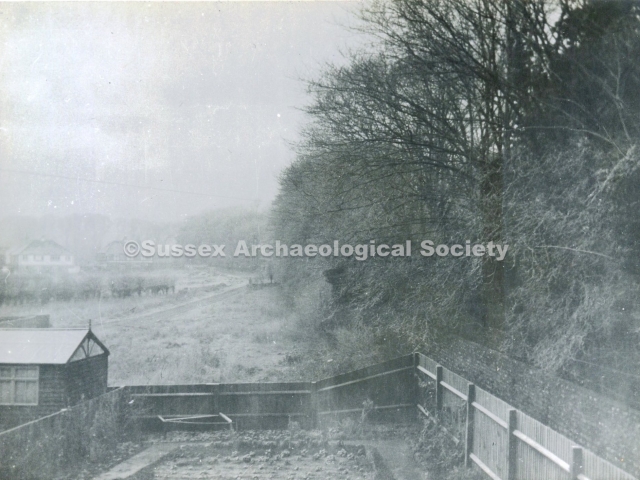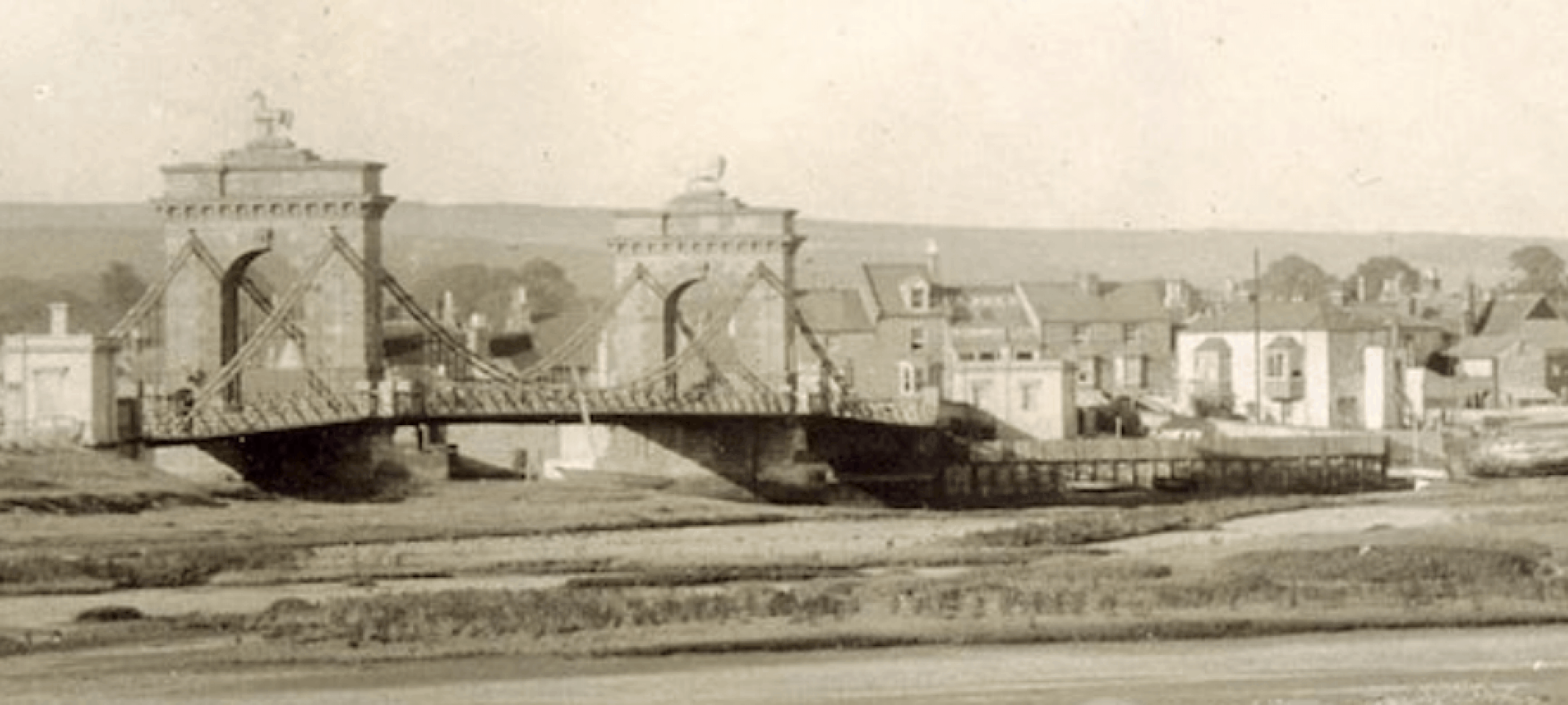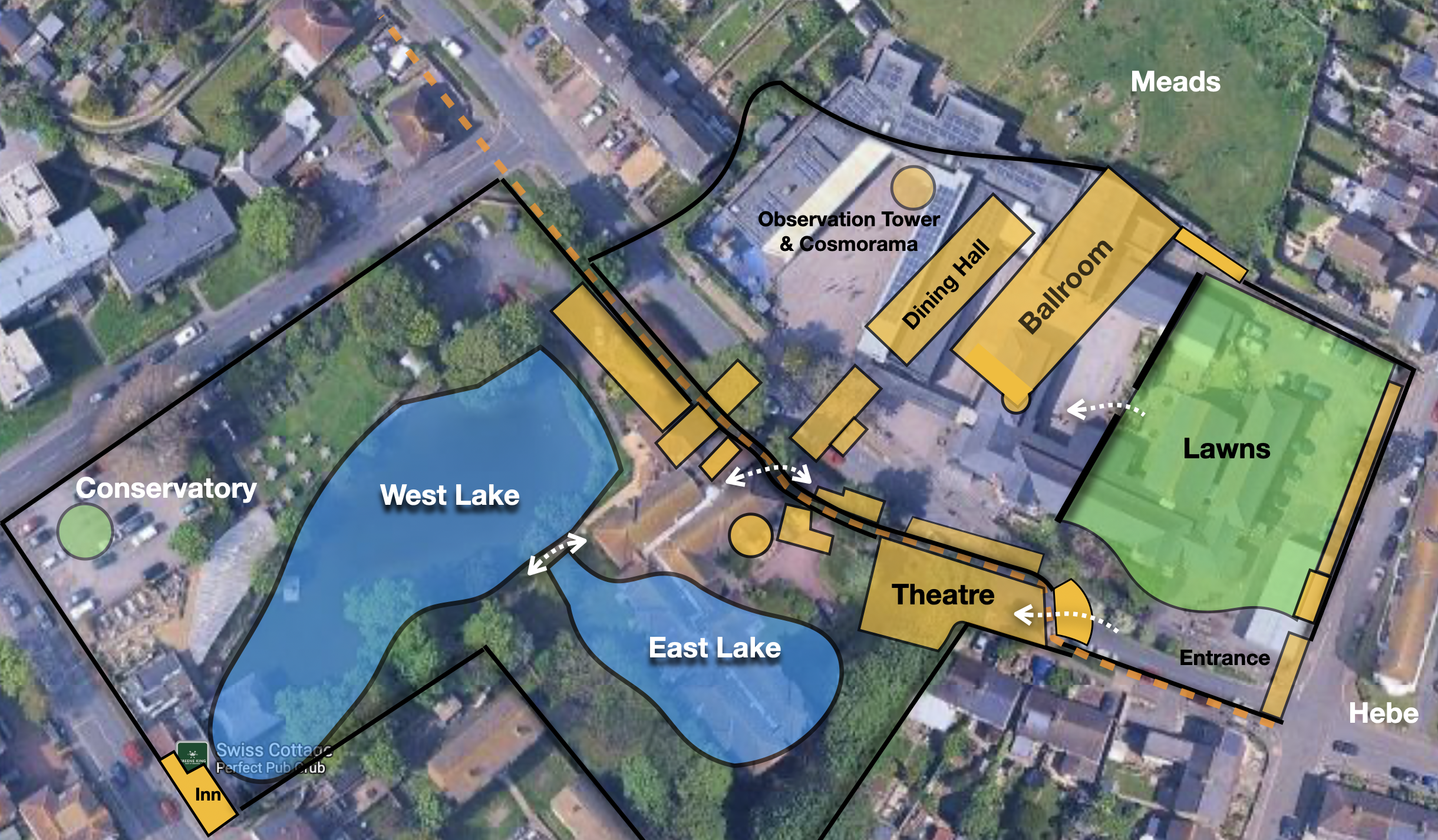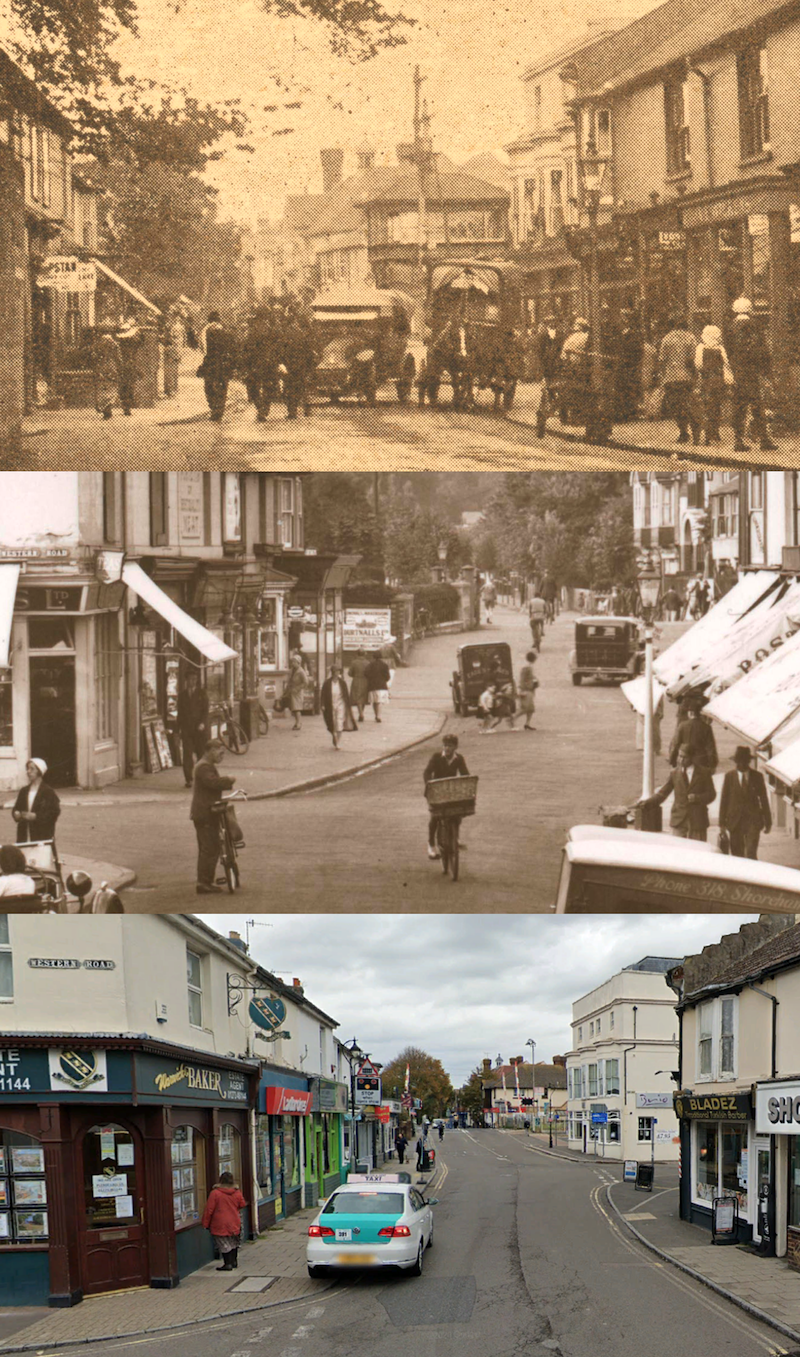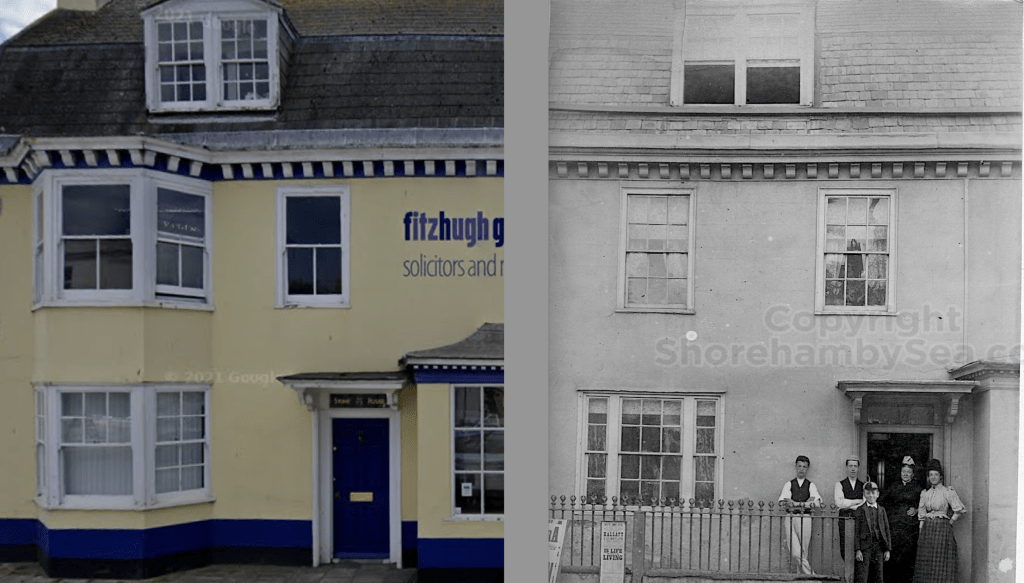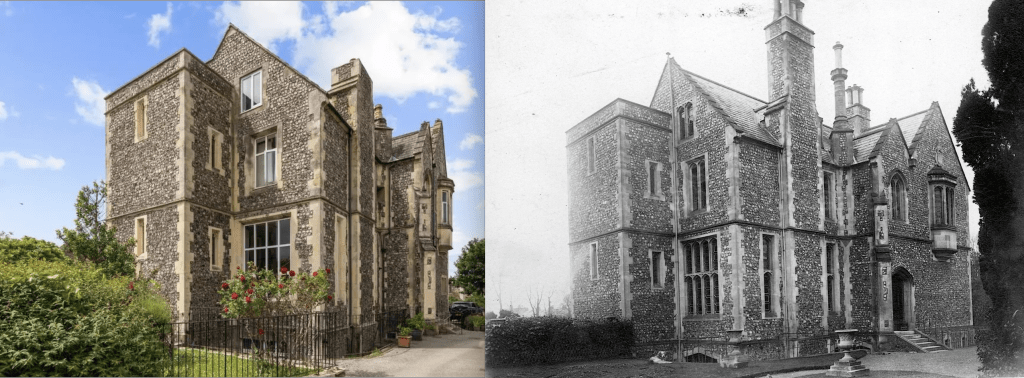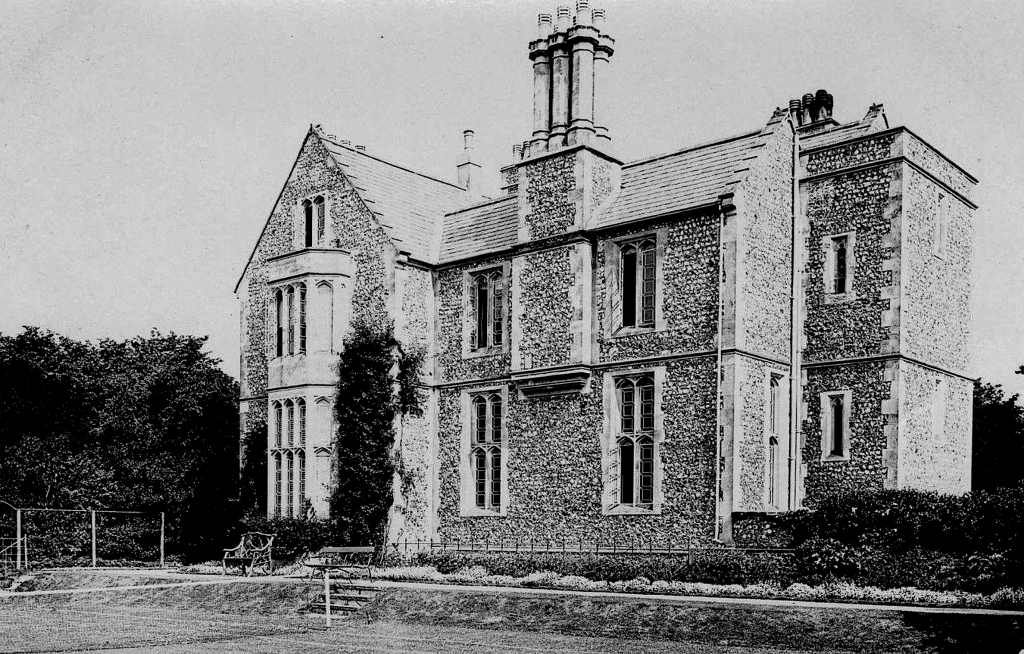This 20 minute video explores some of the content on the website and demonstrates some of the features.
Accidents at the Swiss
Whilst the Swiss Gardens pleasure grounds were, for 70 years, the destination for fun and frivolity it had an unenviable record of hazard and danger.
1838 – not long after opening a drowning occurred of 15 year old William Booker. He was employed at the Swiss in maintenance duties. One of his responsibilities was to pump out water from the ‘floating temple’ tethered in the East Lake. On the morning of Monday 16th July 1838 he was discovered by staff drowned in the lake.
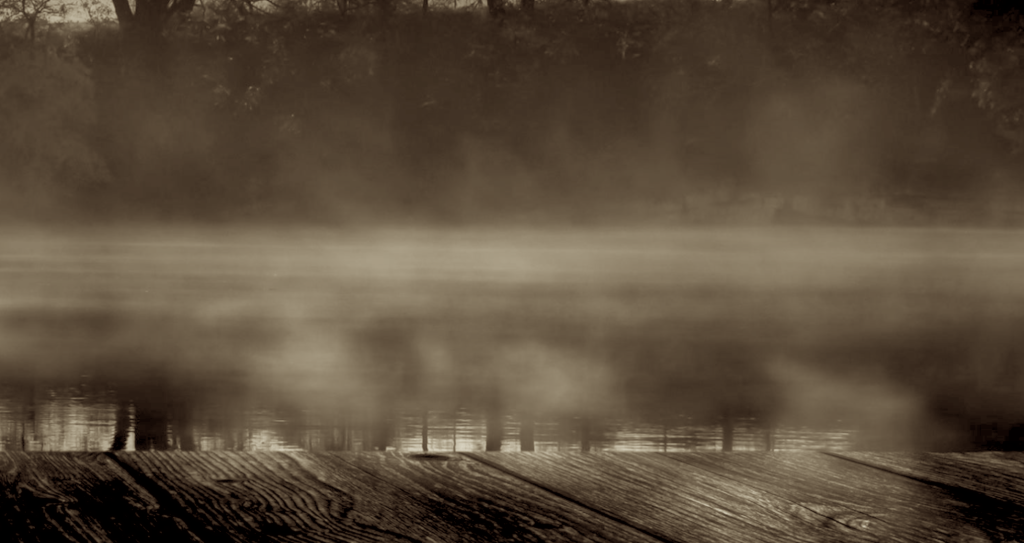
The clues to the past: Swiss Gardens

If you look closely there are a few clues to the former use of the Swiss Gardens School site – the Swiss Gardens pleasure garden (1838 – 1910). The Lake is the most obvious, to the South of Swiss Gardens road in the grounds of the Swiss Cottage pub. Hidden in the gardens of Homehaven Court is the remaining wall of the grand theatre.
Mystery Mystery Towers painting
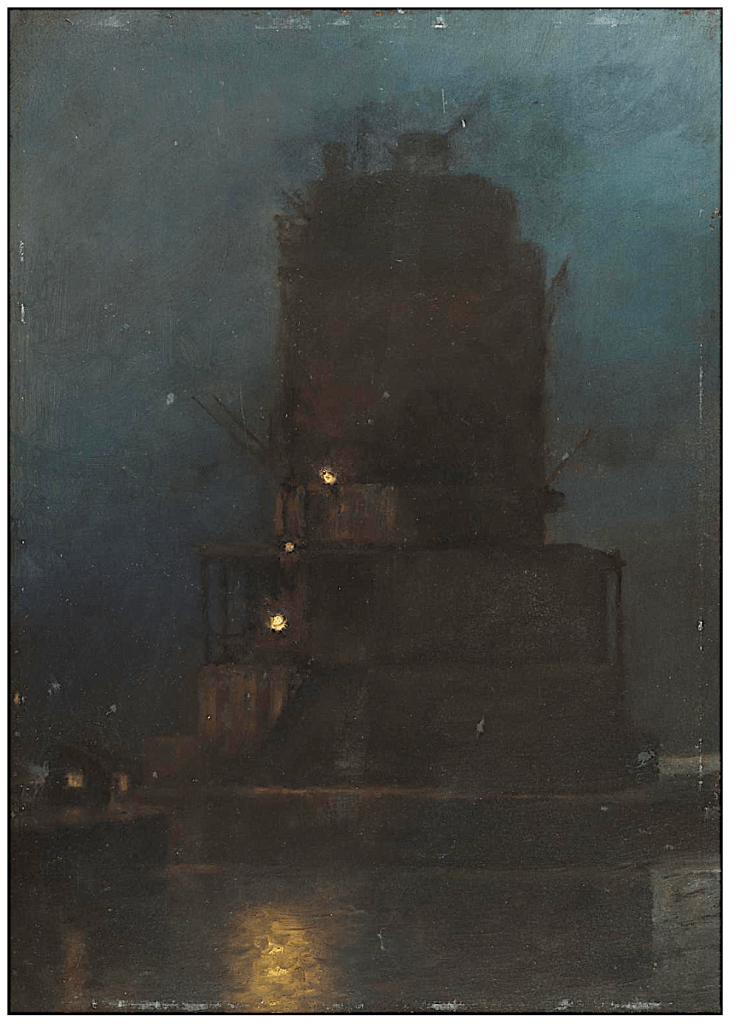
An enquiry from the Tate Gallery recently raised the question of when the above painting was painted. The Tate believed it was 1903. However if the image is enhanced it does reveal some significant details to identify the date. I’d suggest the artist was positioned at Turberville Wharf looking SW to the tower. The area at the far left of the painting is the base of tower 2, with sheds on its base – hence the light in windows (see photo below from similar position). There are also working lights on the tower – suggesting the towers were still occupied but near completed – note there are no signs of the large cranes on the land.
Continue reading “Mystery Mystery Towers painting”Bridge pub
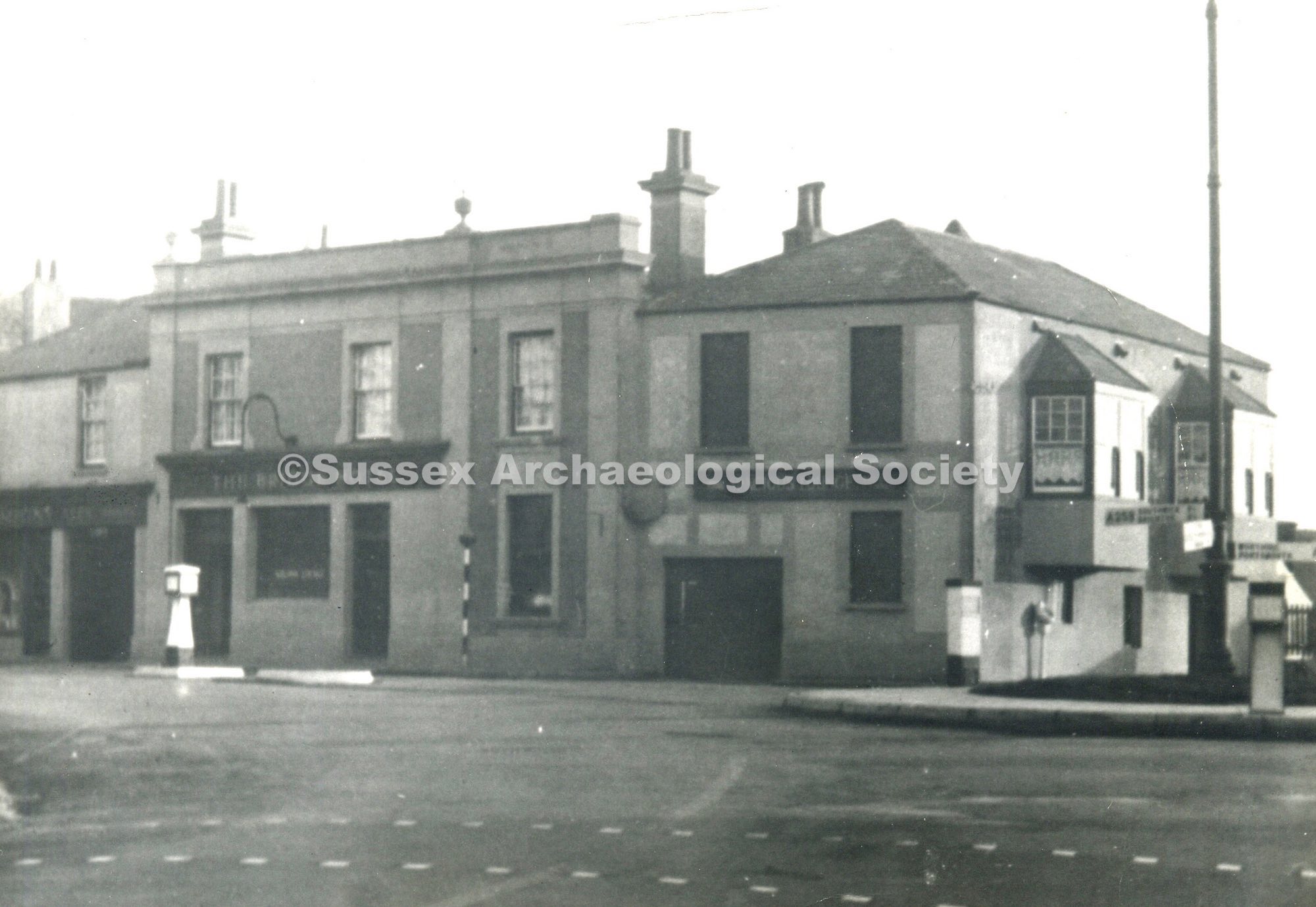
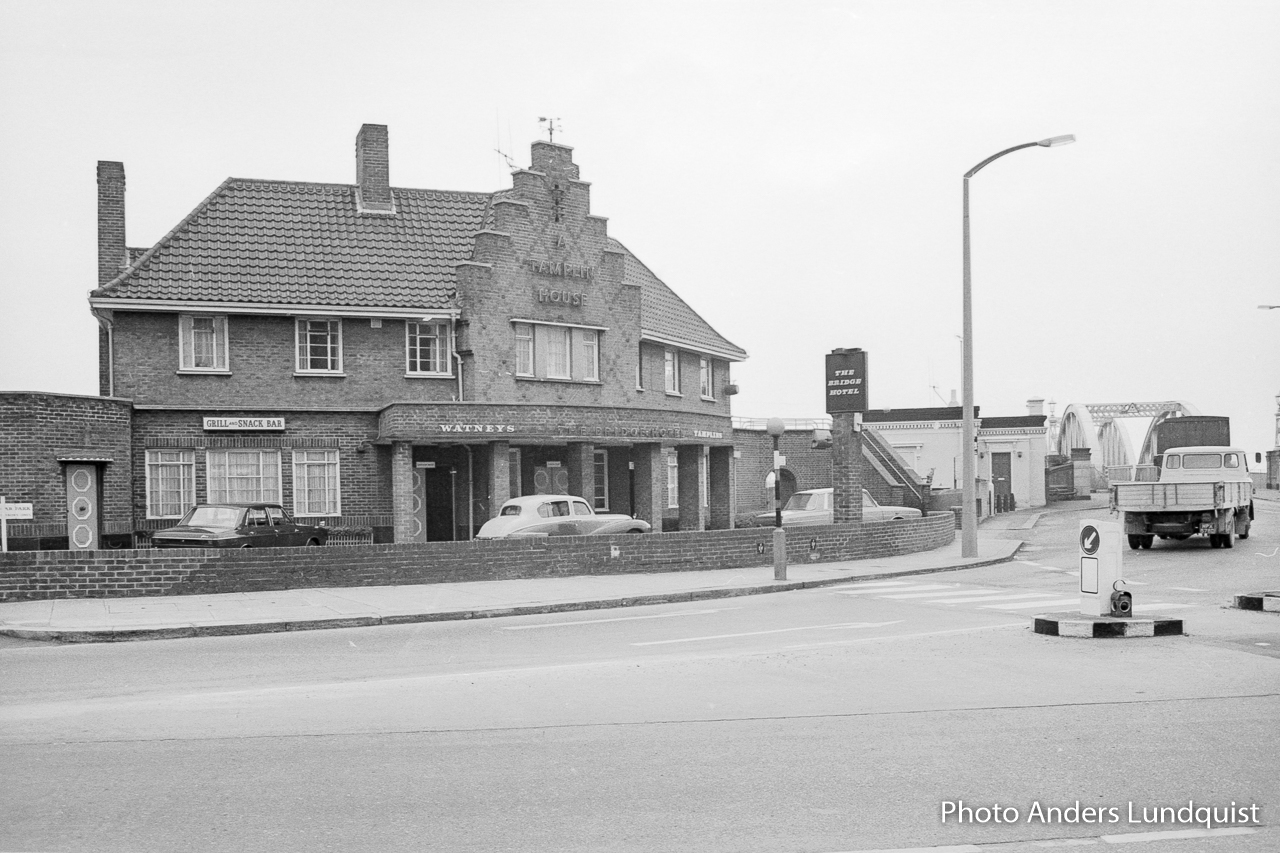
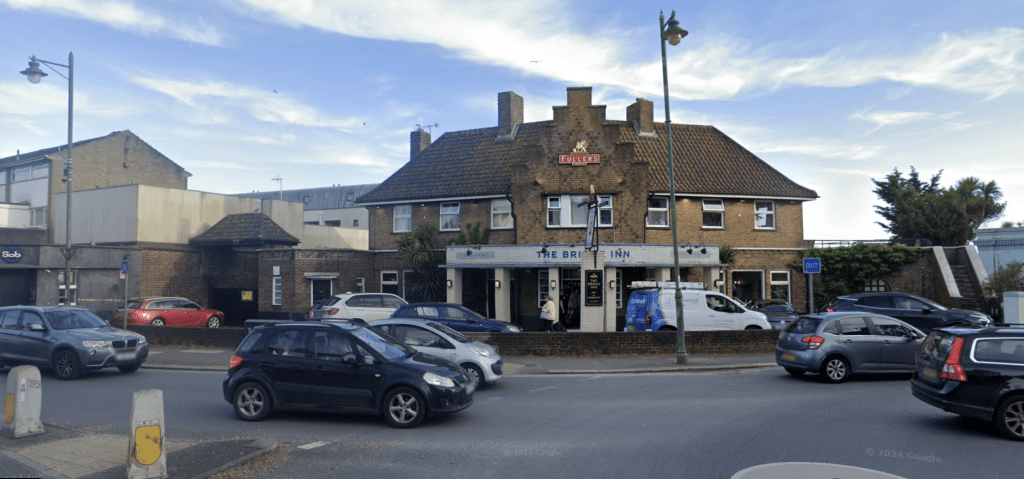
Old Fort Road from the air
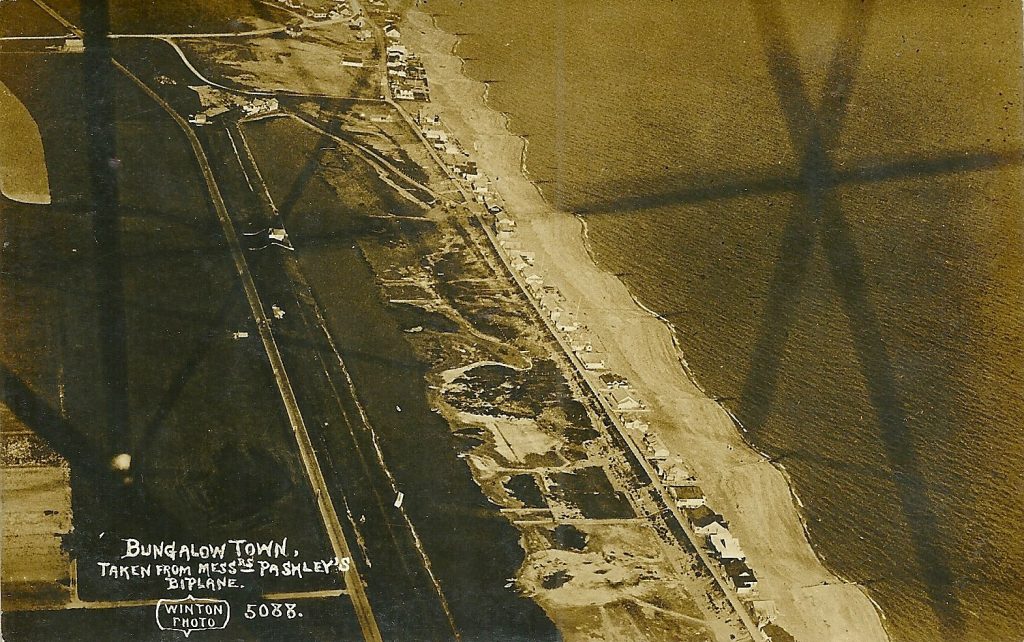
The Old Fort wasn’t considered old in 1913 – so much so that the beach road to the new bungalows was called Fort Road. The shingle spit of land in 1896 was still correctly titled Lancing Beach but by 1909 the maps showed it as Shoreham Beach. Perhaps the later title of Bungalow Town was to placate both factions… until the question of the airport name was mentioned!
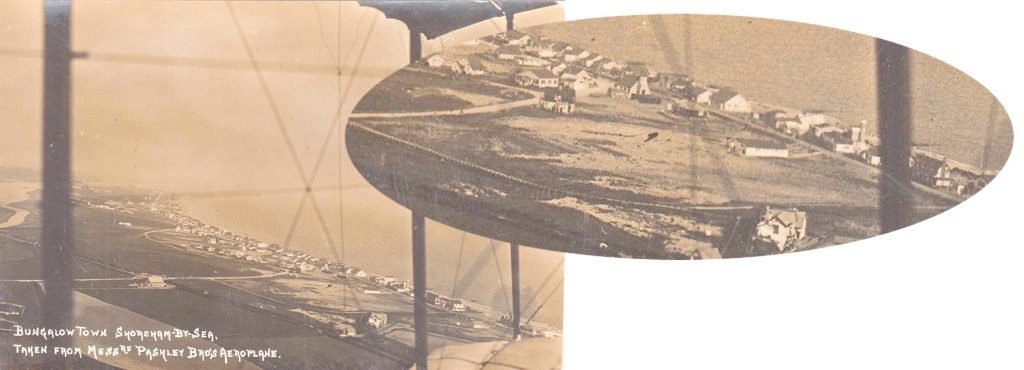
Brunswick Road – Then & Now
Kissing Tree Gate
This delightful photograph that is pre-1915 is of the twitten alleyway and gate at the junction of Southdown Road and Mill Lane. The field behind is Oxen Field – often used for town events and sports. The twitten was the route north to Little Buckingham, with a high flint wall on the boundary with the vicarage in Shoreham Court to the east.
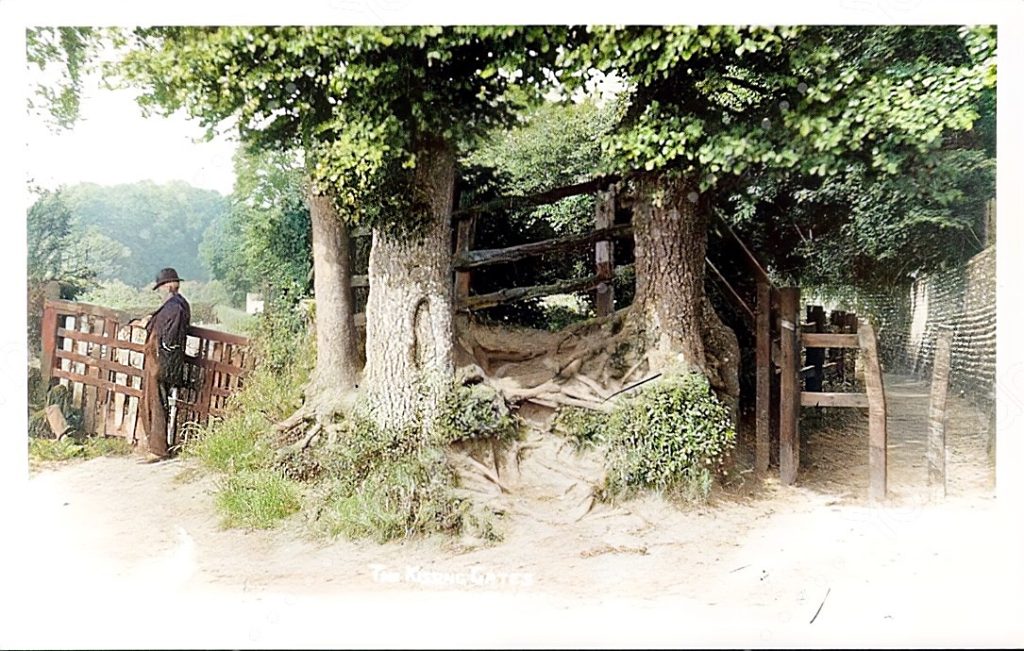
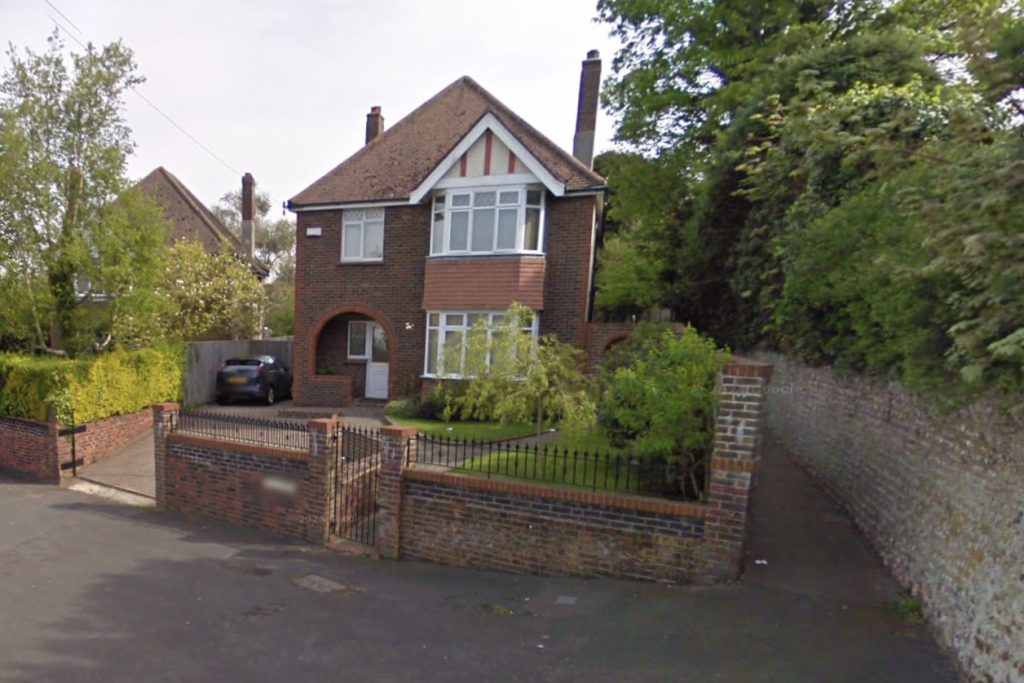
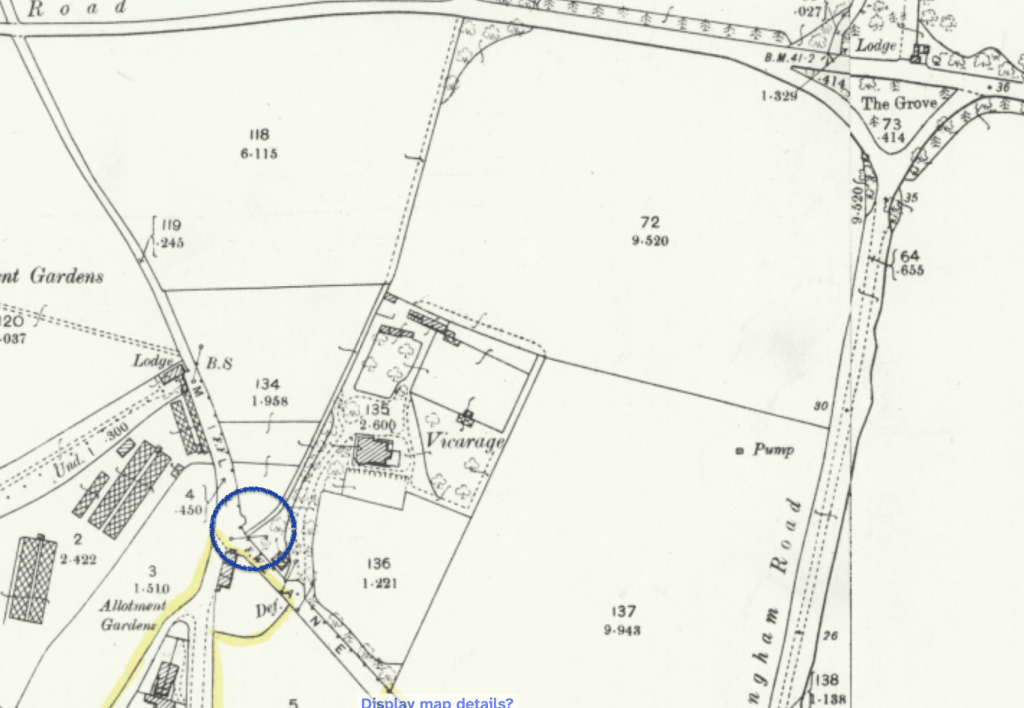
By the late 1920’s the field behind the kissing Tree was ready for redevelopment into Oxen Avenue. This view below is from the house to the left of the alleyway looking towards Upper Shoreham Road.
